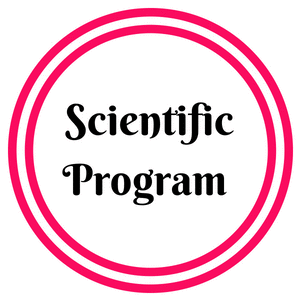Olga A Dalnova
National University of Science and Technology MISiS, Russia
Biography
More than 10 years PhD Dalnova works in the field of chemical diagnostics of metal-containing raw materials. The main scientific results include research in the field of development and creation of highly efficient sorbents of toxic elements, precious and rare-earth metals, studying the sorption properties and characteristics of the sorbents obtained, assessing the suitability of their use in improving analytical methods for various metal-containing objects.
Research Interests:
Separation and preconcentration of trace elements; synthesis of sorbents; recycled, secondary, technogenic raw materials; precious metals, rare earth metals; atomic absorption spectrometry, atomic emission spectrometry, chemical-spectral analysis.
Abstract
A comprehensive study of waste electrical and electronic equipment (WEEE) as a source of precious elements in the environment was conducted. The analytical possibilities and limitations of HR CS ETAAS have been explored, ways of overcoming existing limitations have been developed, both in the direction of instrumental leveling of interfering effects, and in the part of chemical transformation of the sample, including the separation of analytes and matrix by the selective sorbents developed by us. It is shown that the use of new complex-forming polymeric aminothioether sorbents in the analytical control of WEEE makes it possible to determine selectively and accurately both valuable components in a wide range of concentrations. For the study, two analytical methods, widely used and having a long record of application in analytical chemistry, atomic absorption* and atomic emission** analysis, were selected. A study of analytical capabilities has been carried out and an analysis technique has been developed using the latest instrument modifications of high-resolution spectrometers, an electronic recording and control system, a multielement, and a variety of operating modes. With their help, specific methods for analyzing selected objects with improved metrological characteristics were created. The authors gratefully acknowledge the financial support of Russian Science Foundation (16-13-10417 in part*) and Russian Foundation for Basic Research (16-03-00843 in part**).
